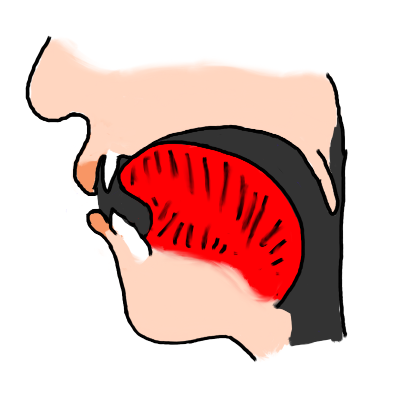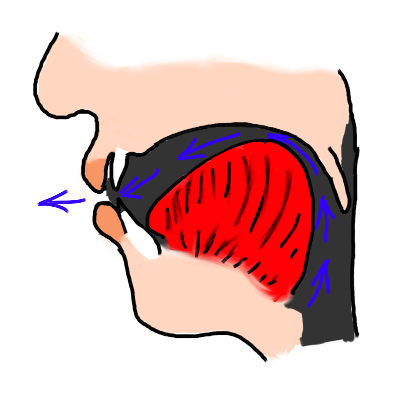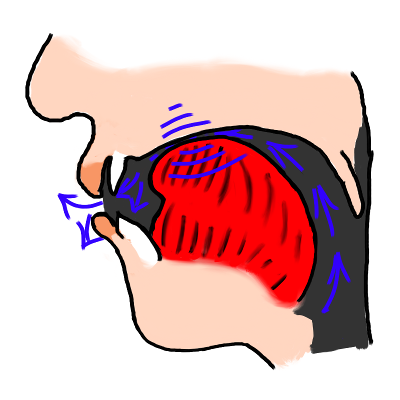How to pronounce douche
Do you find the information below useful? If you do, you can get guides like it for 1,000+ French words by downloading this app for your iPhone or iPad.
| l |  | The French 'l' is similar to the 'l' in English "with Lee". The tongue tip usually touches the back of the upper teeth. It is also a so-called "clear" l: in other words, you don't raise the back of your tongue as you pronounce the French 'l', as occurs in some cases in English. | |
| a |  | The French 'a' vowel is pronounced with the tongue far forward in the mouth and the mouth quite wide open, but not quite as open as for a typical English 'a' vowel. | |
| d |  | A French 'd' sound is pronounced like an English 'd' after a 'th' sound (as in "with Dave"): the tongue touches the back of the teeth. An addition, as with French 'b' and 'g', make your vocal cords vibrate right through the 'd' sound by "trying to force some extra air out" even though your tongue is blocking it. | |
| u |  | The French 'ou' vowel is pronounced with the back of the tongue "pushed up towards" the back of the mouth and the lips rounded. The back of the tongue is not quite as close to the roof of the mouth as in the French 'close o' sound. | |
| ʃ |  | This sound is very similar to the English 'sh' sound as in "she". In French, it is commonly written "ch". Some English speakers tend to round their lips when pronouncing this sound. If you do, then try not to round your lips while producing the sound in French! |